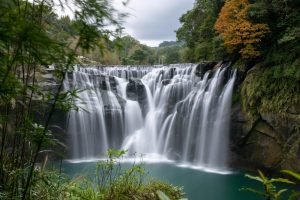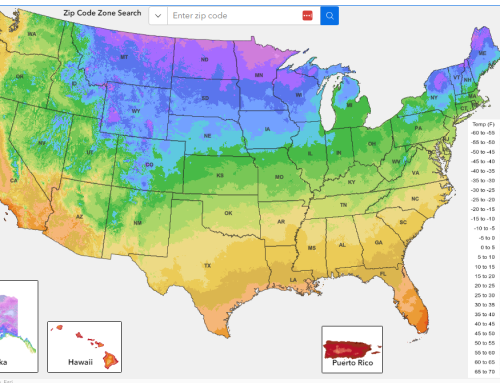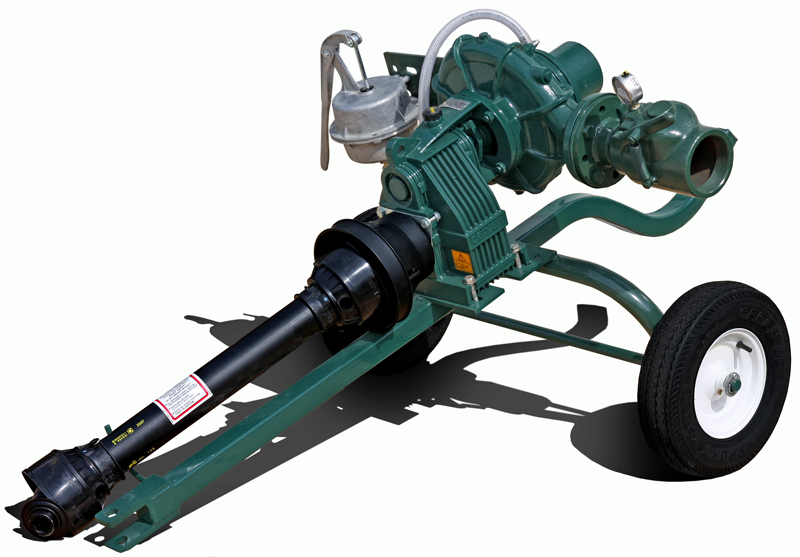Water is a globally a closed system.
This means that new water is not being created. And existing water is not being broken down into its hydrogen and oxygen components. It is also not being converted into new compounds. So why do areas like the southwest US have water shortages? It seems like water would be used to irrigate crops and be returned to the ground after harvest and once again fill the aquifers.
While the Earth’s water cycle operates as a closed system on a global scale, there are several factors that can lead to water shortages in specific regions despite this closed system. Here’s why water shortages can still occur:
- Uneven Distribution: Water is not evenly distributed around the world. Some regions have abundant water resources, while others have very limited access to freshwater. This uneven distribution can lead to water shortages in areas where water resources are scarce.
- Population Growth: As populations grow, the demand for water increases. Increased water usage for drinking, sanitation, and agriculture can lead to overexploitation of local water sources, leading to shortages.
- Climate Variability: Changes in climate patterns can lead to shifts in precipitation and evaporation rates. This can result in droughts in regions that previously relied on regular rainfall, causing water shortages.
- Over-extraction: If water resources, such as groundwater, are extracted at a faster rate than they can naturally recharge, it can lead to depletion of these resources and create water shortages.
- Agricultural Demand: Agriculture is a major consumer of water. In areas with intensive agriculture, water demand for irrigation can outstrip the available supply, causing water scarcity.
- Industrial Demand: Industries require significant amounts of water for processes and cooling. In industrialized regions, high water demand from factories and manufacturing can contribute to shortages.
- Water Pollution: Pollution can render water sources unusable or expensive to treat. Contaminated water sources can lead to a reduced supply of safe drinking water, contributing to water scarcity.
- Infrastructure and Management: Poor water infrastructure and mismanagement of water resources can lead to inefficiencies and wastage, exacerbating water scarcity issues.
- Natural Disasters: Events like earthquakes or landslides can disrupt water distribution systems, making water temporarily inaccessible.
- Geopolitical Factors: Water resources can be shared between different countries or regions. Disputes over water rights and transboundary water issues can lead to tensions and impact water availability.
- Economic Factors: In some cases, the cost of accessing and treating water can be prohibitive, leading to disparities in access and contributing to water shortages for certain communities.
- Lack of Conservation Measures: Without effective conservation practices, even in regions with sufficient water resources, wasteful usage can lead to shortages over time.
In summary, while water is indeed part of a closed system on a global scale, localized factors such as distribution, demand, climate variations, pollution, and mismanagement can lead to water shortages in specific areas. These factors can disrupt the natural balance of the water cycle and result in regional water scarcity issues.








